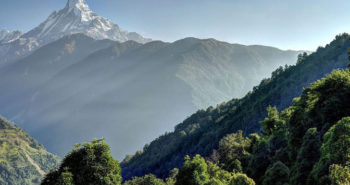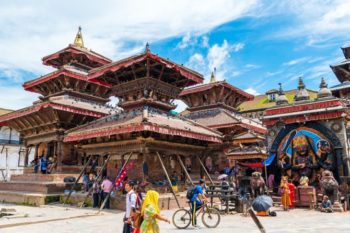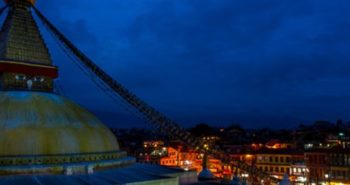Common Annoyances Inconveniences in Nepal
Nepal is a country full of contradiction. While, like in other countries, the young in Kathmandu have grown up with internet and cable TV, and throughout the whole country mobile phones and smart phones are extremely widespread, those in the rural areas are still living lives which are very much the same as their grandparents and great-grandparents lived. Education is still a dream of the majority of the population and yet there are school buses carrying middle class children across Kathmandu from home to school.
In fact, the majority of rural school children have to walk long distances to school, sometimes through hazardous terrain and many will never have seen a bus. While most businessmen have a laptop, smartphone, motorbike, and money in their pocket, the prevailing business ethics means offices open at 10am (if you are lucky) and frequently are un-manned throughout the day.
Many things seem designed to inconvenience and can annoy us tremendously. For example: –
Load Shedding
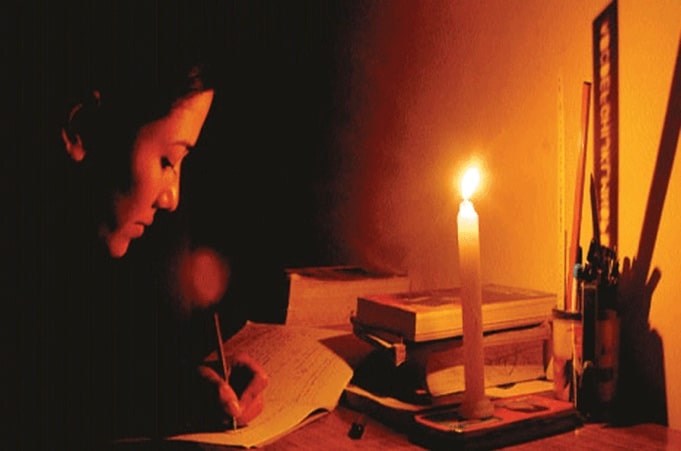
Load shedding is the name given to electricity cuts (the load of no electricity is spread, or shed, among different areas). Each area within Kathmandu, and other towns, is allocated a zone for electricity. Different zones have different load shedding times during the day and night.
During the monsoon and spring (snow melt) the hours without electricity may range from 4 to 8. During the dry season (all winter) the hours without electric may be from 8 to 18. We kid you not! The way to get round this is to install an invertor which charges when there is electricity and then you can run your lights and appliances when there is none. However, invertors are not helping the problem.
Better to go green and invest in solar panels. One panel will run 6 lights, recharge your computer and phone, and run your TV for the evening. One panel will cost you around $300. Multiple them by the size of your household.
Water shortages
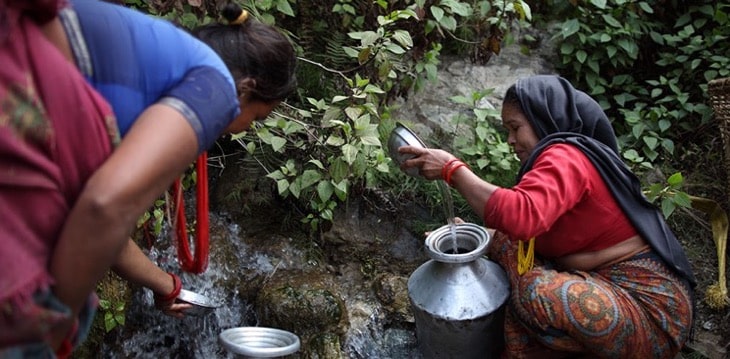
Like the electricity supply, the water supply depends on the amount of water in the reservoirs. During the dry season Kathmandu suffers from acute water shortages. And, even if you have water in your ground tank, if there is no electricity, you can’t pump it into your overhead tank and taps. Solution? Always have a few buckets of water in the house. You can buy a tank load of water which will be delivered by tanker and pumped into your tank.
On this theme, there is very little street lighting. Take a torch!
Pollution
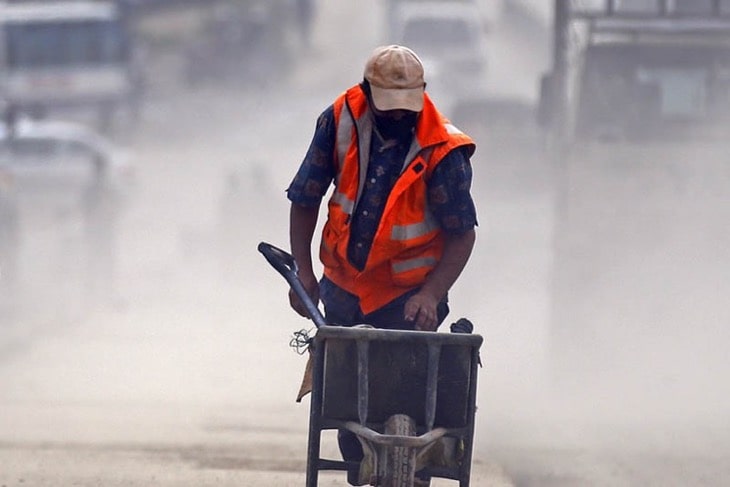
Air pollution is high and rising in Kathmandu as more and more people are able to purchase cars and motorbikes. Old vehicles increase the problem, as does that fact petrol is very often tampered with and thus becomes low in quality. The burning of rubbish increases the air pollution manifold. Many people wear masks on the streets.
Noise pollution is something that is also hard to get used to. Barking dogs in the night and un-monitored industrial noise during the day are some of the worst offenders. In general, however, your neighbours will be quiet after 9 pm – they have simply gone to bed already.
Traffic & Internet – Both Slow
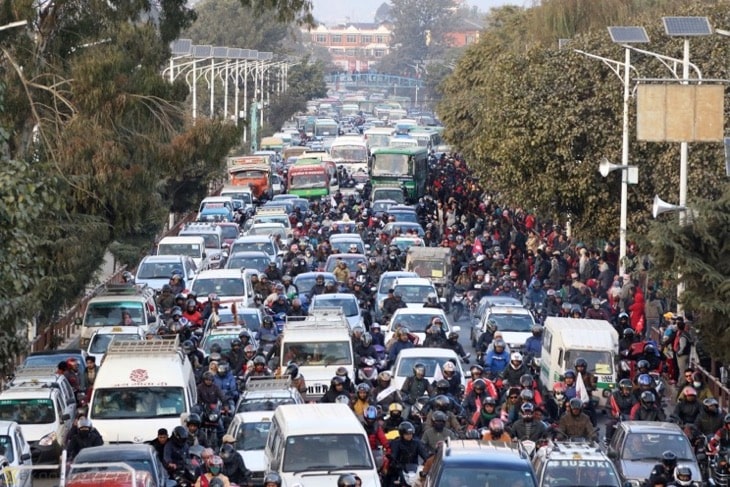
Traffic jams are guaranteed during the peak periods of 10am to noon and 4pm to 7pm. And frequent at other times. Before 9am there is much less traffic on the road so get to your office or meeting early!
Slow Internet connections can be frustrating! See our recommendation here.
Strike
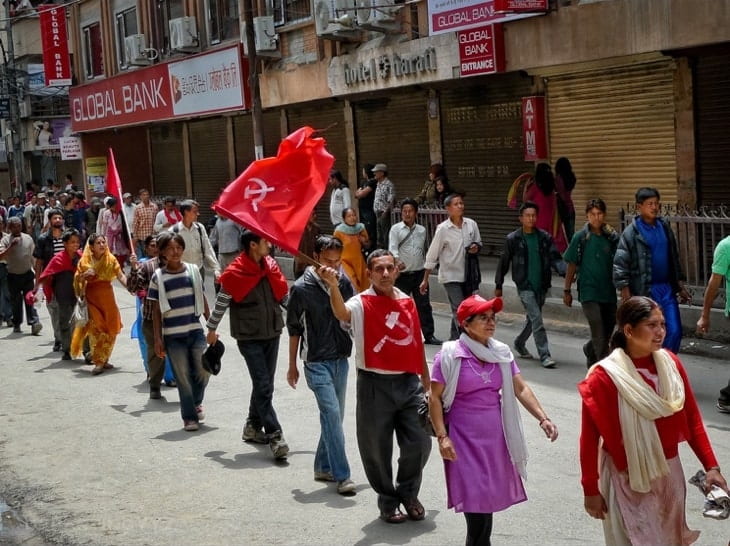
There are frequent “Bandha” (strikes) which can affect Kathmandu or the whole country. These can be called by various political parties/ fractions/ groups for a variety of reasons. How well enforced these are depend on who is calling the strike. Listen for information from your office/ embassy/ neighbours and act accordingly. In general there is little personal danger but be aware moving vehicles may be targets.
Public Holidays
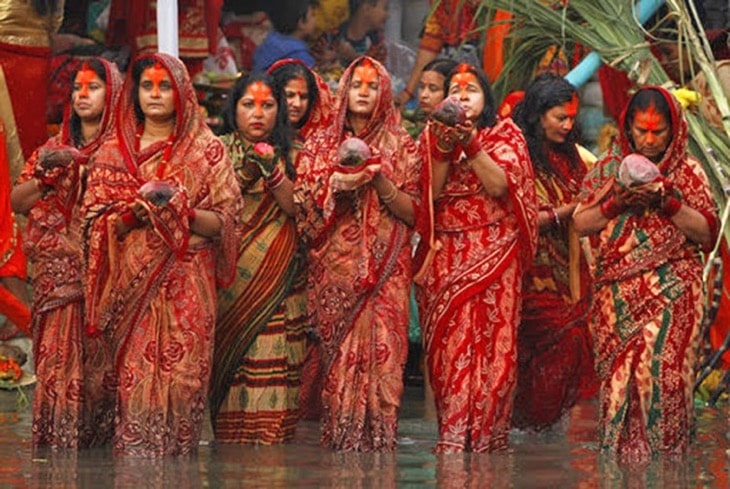
Along with the frequent strikes there are frequent public holidays which slow the work process down. Nepal has hundreds of festivals and holidays of varying importance. Normally INGOs will decide which ones they will observe and which they will not. The main festival time of Dashain and Tihar (October/ November) is not dissimilar to Christmas and New Year in that everything stops for a month.
Government offices will be closed for around 15 days and other offices may or may not open between these two festivals. Again similar to Christmas and New Year. It is quite a nice time to be in Kathmandu as the streets are empty but there are less restaurants and bars open. Many expats use this time for home visits, holidays overseas or trekking. Be aware the few days running up to Dashain will see a lot of movement in the country as people go home to their village and public transport, including domestic flights, will be packed. Plan accordingly!
The idea of time seems more fluid here. People turn up late for meetings and events start late and they seem a bit surprised when expats wonder why. Traffic jams are often given as the cause for lateness. While it is true the traffic can be very bad at peak times, it is basically forward planning and time management to blame. These are not national strong points!
But somehow, despite the ups and downs, inconveniences and annoyances, we love this country with a passion!
